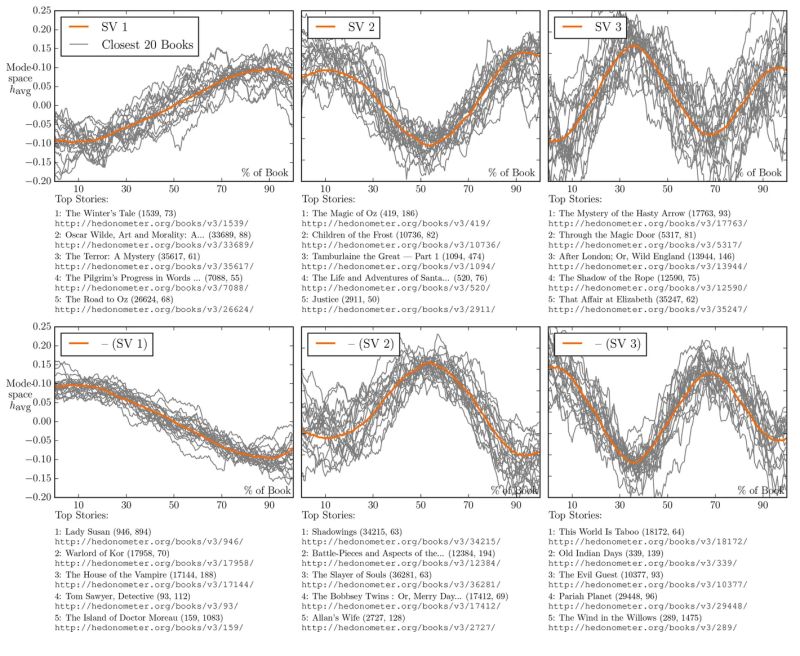
Willy Roque Barboza, MD
@wroquemd
PCCM physician-scientist | Translational Lung Research | tweets are my own.
ID: 1123517681565618177
https://scholar.google.com/citations?user=m5vEacQAAAAJ&hl=en&oi=ao 01-05-2019 09:21:04
2,2K Tweet
1,1K Takipçi
1,1K Takip Edilen

This recently published figure by Sarah Ancheta et al. is very disturbing and should lead to some deep introspection in the single-cell genomics community (I doubt it will). It demonstrates complete disagreement among 5 widely used "RNA velocity" methods 1/
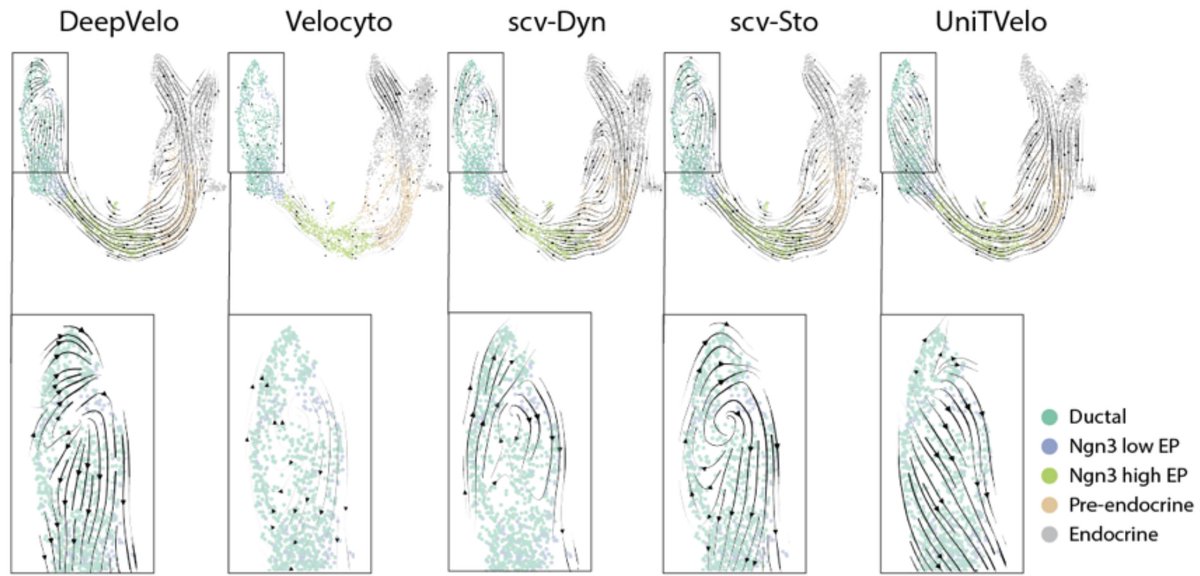

The NVIDIA Healthcare team just made 2 foundation models available as inference microservices. DiffDock, a predictive model for how drug candidates bind with target proteins. And MolMIM for controlled generation of small molecules bit.ly/4fxU3oQ


New pre-print from our group! Local photo-crosslinking and stiffening of ECM proteins within ex vivo tissues to probe lung epithelial cell function: biorxiv.org/content/10.110… Led by Donia Ahmed & Matt Tan and huge team effort with Baker Lab Rachel L. Zemans Lin Han

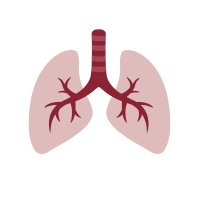
Amphiregulin (AREG) expression was elevated in intermediate #alveolar stem cells of mouse fibrotic lungs and idiopathic pulmonary fibrosis patients. An AREG-neutralizing antibody efficiently blocked lung #fibrosis development. 🛡️ Cell Stem Cell | bit.ly/3YLdW5Z



🔹Innovative research from the team Penn Medicine: 🐭Two #murine models to show a mechanistic link between #SARS-CoV-2 infection, #AT2 cell biology, and #respiratory failure. Read more: ow.ly/iwJT50T80cA
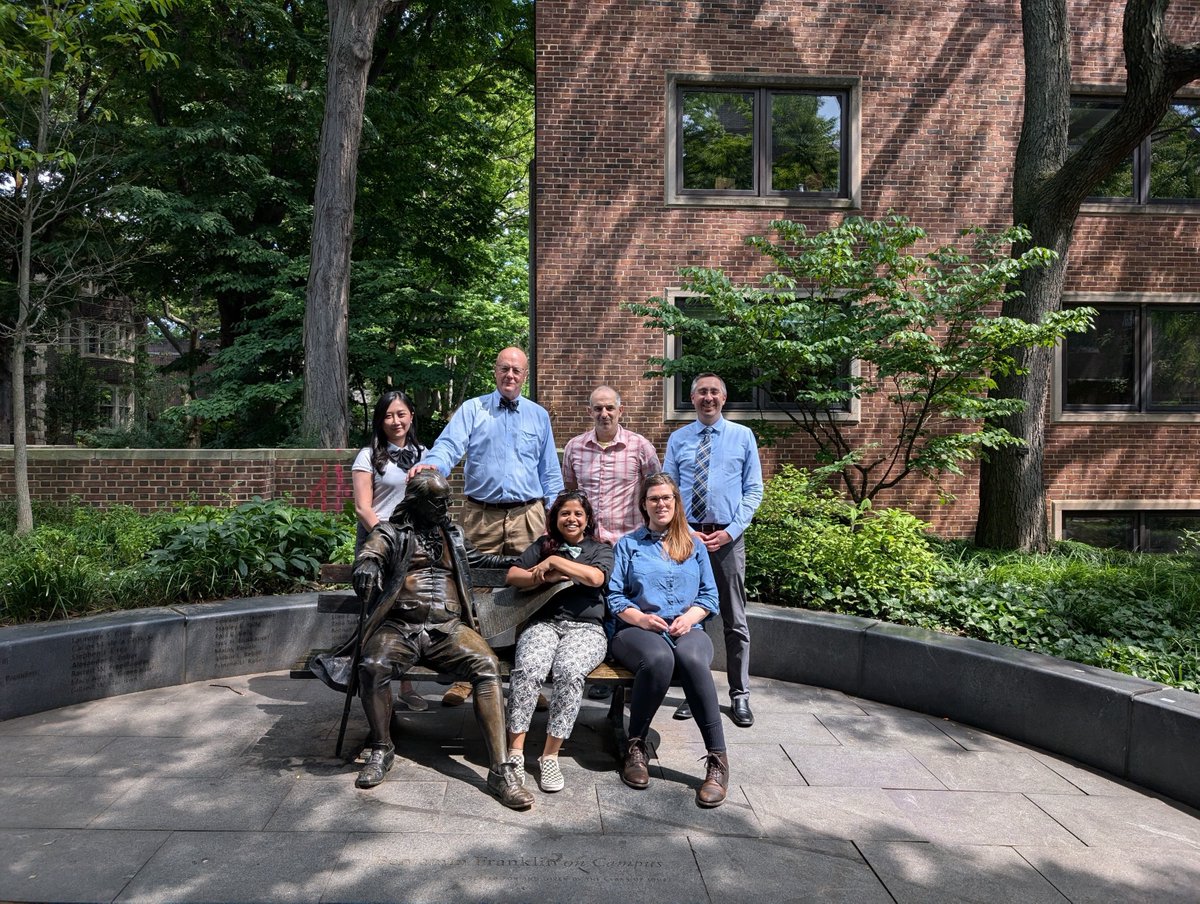

Happy to share our work examining lung T cell responses during severe pneumonia—including #COVID19: nature.com/articles/s4159…. Huge lift 💪 from The NU SCRIPT Investigators NM Pulmonary and Thoracic Surgery Northwestern Feinberg School of Medicine. Kudos to Nikolay Markov @[email protected] Ziyou Ren & Karolina Senkow 🧵



📣 The much-revised manuscript of LIANA+, our all-in-one solution to study cell-cell communication from single-cell, spatial, and multi-omics technologies, is now published in Nature Cell Biology nature.com/articles/s4155…



Granulomas guide researchers to an FDA-approved drug for sarcoidosis. Sati et al. identify type 1 innate lymphoid cells as a biomarker for sarcoidosis and find plerixafor-treated mice develop fewer lung granulomas. Thomas Leung Penn Medicine

Excited to share TxGNN, a model that identifies potential therapies from existing medicines for thousands of diseases. Trained across 17,080 diseases, TxGNN predicts drug candidates for conditions with limited or no treatment options, including rare diseases Nature Medicine
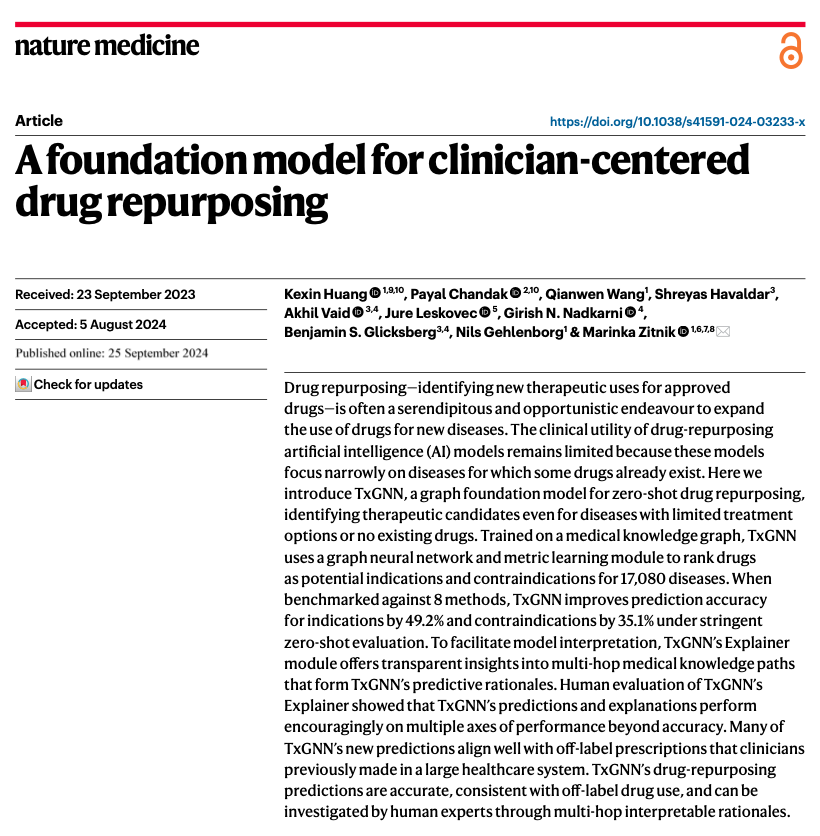


¡NICOLAS CASTELLANOS! ¡LO PHILLIES GANAN! Phillies Beisbol Network Oscar Budejen Angel Ibo Castillo - FreKuencia Deportiva El Gringo Malo

Using a specific TRβ agonist, sobetirome, Henan University - 河南大学 scientists demonstrated that Rβ activation confered AT2-to-AT1 cell differentiation and anti-fibrosis during lung repair via KLF2 and CEBPA. go.nature.com/4gSzzYN


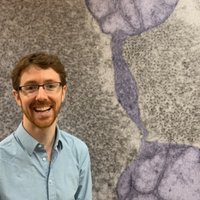


Introducing La-Proteina, a generative AI model that creates complete atomistic protein structures together with their amino acid sequences, scalable upto 800 residues. Built by @NVIDIA Research, in collaboration with University of Oxford and Mila - Institut québécois d'IA La-Proteina addresses a key


